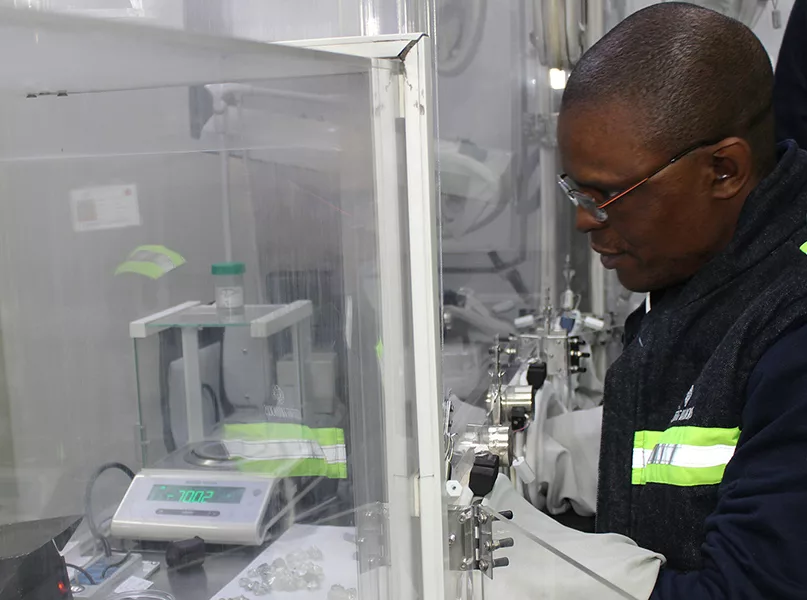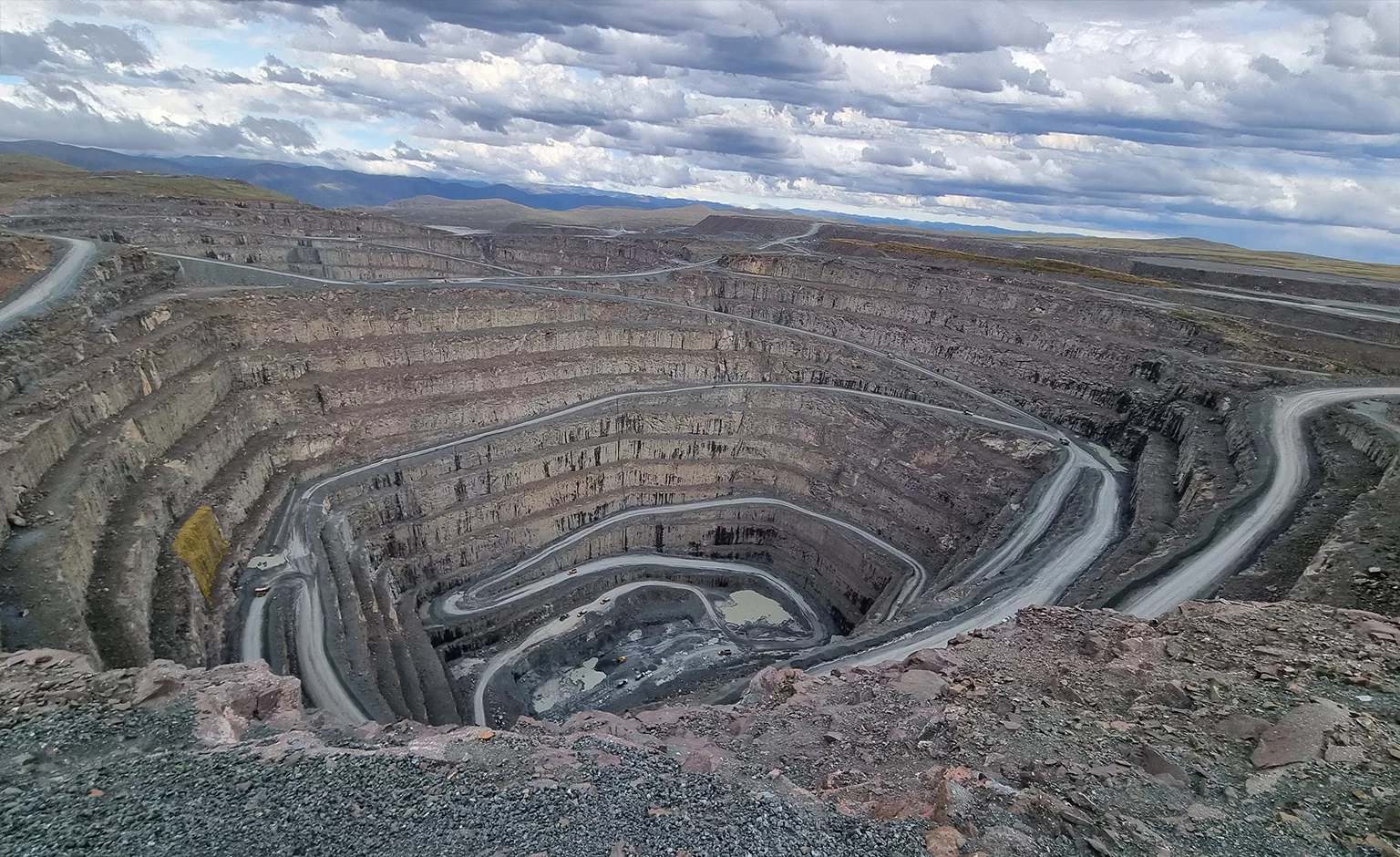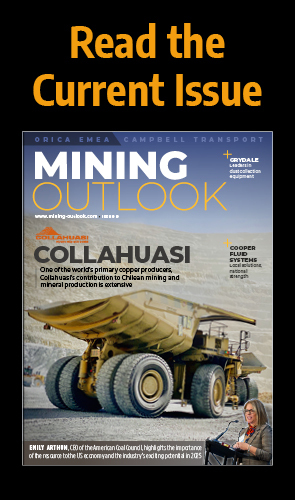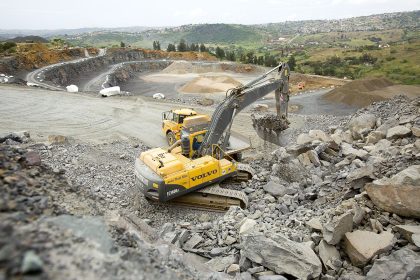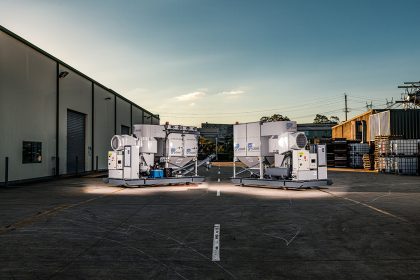A CUT ABOVE
“Letšeng Diamonds was established in Lesotho in 1995, leading to the first operating lease being granted in 1999 and production commencing in 2004. The acquisition was finalised in 2006 by Gem Diamonds PLC (70 percent) and the Government of Lesotho (30 percent),” opens Motooane Thinyane, CEO of Letšeng Diamonds.
“Today, we employ around 1,500 people, both directly and through contractors. I joined Letšeng Diamonds in 2015 when it was looking for an engineering manager, and later became Head of Operations, responsible for overall mine functions, and at the beginning of July this year, I began my role as CEO,” he recalls.
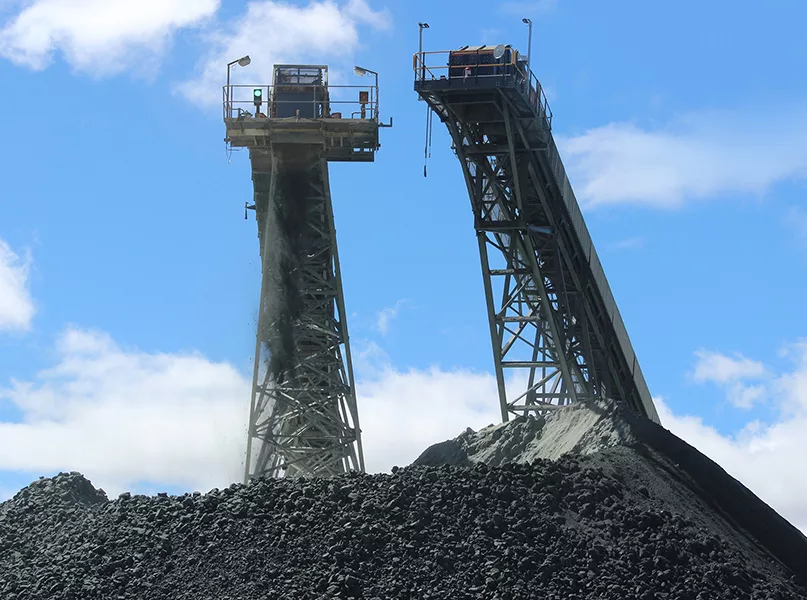
RISING TO THE CHALLENGE
Letšeng Diamonds is a place of extremities due to its location, making its operations isolated and challenging. With the high altitude of the mine and exposure to immoderate weather such as snow in winter and exceptionally low temperatures or high winds, coupled with the difficulty of being remote, conditions can sometimes impact mining and treatment activities.
To achieve a solid operational performance, ensuring an efficient and effective strategy is essential during periods of working in a volatile environment. Letšeng Diamonds’ economic viability hinges on its ability to produce large gemstones. Therefore, it has to employ relevant recovery processes to reduce damage and breakage of the unusually sizable diamonds.
“Compared with other operations, Letšeng Diamonds has a very low average grade of less than two carats per 100 metric tonnes, which is probably the weakest of any commercially operating diamond mine. On the balancing side, the mine is endowed with fine-quality diamonds and one of the highest average monetary units per carat diamond,” reveals Thinyane.
The large, fine-quality diamonds are core to the uniqueness and, therefore, viability of the mine.
At present, the industry faces various challenges that are also affecting other sectors, such as global economic impacts, increasing input costs, supply chain disruptions, exchange rate fluctuations, and diamond prices. Furthermore, climate change and commitments to reduce the carbon footprint produced by mining are always at the forefront of operations.
“Particularly for us, there is a need to access clean power and manage the cost of production against an ore body that is getting deeper and therefore more costly to access and develop,” he shares.
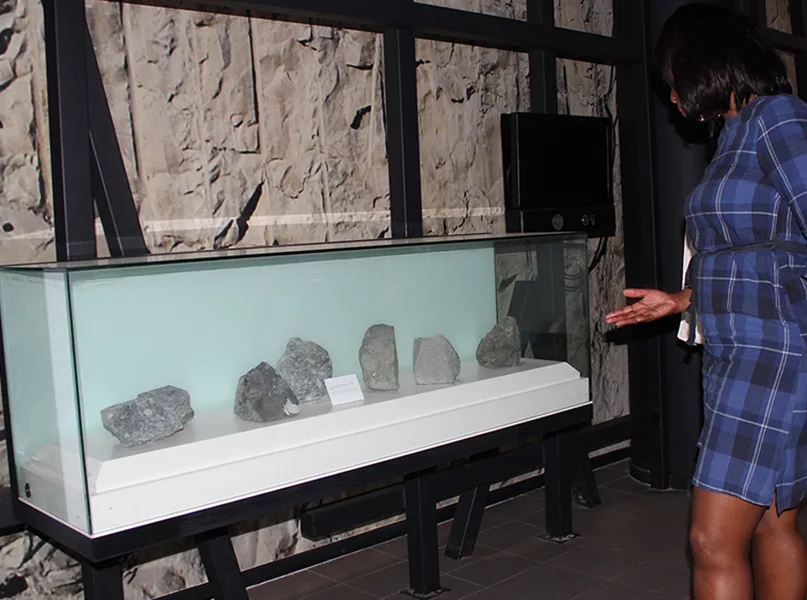
A MINING MAVERICK
Although Letšeng Diamonds follows a traditional model for open pit operations, where the geological work is undertaken to define the mineral resource, leading to mine planning, some of the gemstones produced from a relatively small volume of kimberlite ore have been amongst the world’s largest and highest-value diamonds.
“The mining operations involve ore extraction and processing. We have a mining contractor who undertakes the drilling, blasting, loading, and hauling of waste and ore. The ore extraction operations are also run by a contractor following standard crushing, scrubbing, screening, dense media separation, and sorting processes using X-ray technologies and hand sorting,” Thinyane outlines.
The standard processes sometimes yield unexpected results, as the world’s fifth largest diamond of gem quality was recently unearthed from the Letšeng Diamonds mine. When the astounding 910 carat gem was discovered, it was reputed to be worth approximately USD$40 million. Representing near perfection on the diamond-grading scale, the colourless stone belongs to a category that represents less than one percent of all mined diamonds in the world and is one of the most expensive in history.
“As a requirement of our mining agreement and a sign of commitment to the community, the mine allocates one percent of dividends declared or M5 million, whichever is greater, as an annual budget for the Community and Social Responsibility Investment (CSRI) projects. The agreement also commits the mine to allocate one percent of the “special stones” to a flagship community project,” he states.
“One of the core pillars of our safety culture is the BBC programme, which puts safety at the front and centre of everything we do; it entrenches the behaviour of everyone always being a ‘brother’s keeper’”
Motooane Thinyane, CEO, Letšeng Diamonds
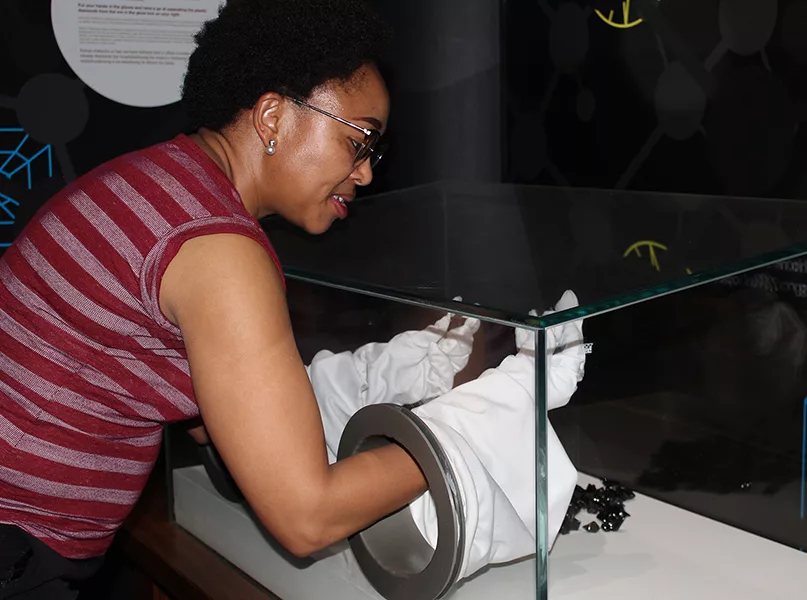
FOCUSING ON THE FUTURE
Letšeng Diamonds runs a CSRI programme to establish and maintain strong relationships with the local communities in which the mine operates, as well as with other stakeholders and the entire nation of Lesotho, as part of its business strategy.
“We have adopted a three-pronged approach, looking at sustainable projects, worthy causes, and using a bottom-up approach in identifying community needs,” highlights Thinyane.
The focus areas for the mine’s CSRI strategy are education, health, small and medium enterprises (SMEs), environmental conservation and management projects, donations to worthy causes, and infrastructure construction projects.
“We have a rolling five-year CSRI strategy based on community needs analysis, and this is governed by the CSRI committee of the Board, including community representatives.”
On the recovery of the special 910 carat diamond, known as the Lesotho Legend, a commercial egg production project was launched in the local community of Mokhotlong in 2019, in which local egg farmers are able to consolidate their produce and supply eggs to the mine operations.
Other community flagship projects include the Wool and Mohair Promotion Project, the vegetable production project in the district of Botha-Bothe en-route to the mine, the commercial dairy project in the Mokhotlong where the mine is located, as well as the footbridge and classroom construction projects which were built in 2017 and 2019 respectively.
“Our key priorities are all aimed at ensuring the long-term sustainability of the mine operations, optimising our requirements for stay-in-business capital, reviewing our business models, and managing the cost-per-tonne to bring spending in line.
“We are also aiming to manage the unit cost of production with a specific focus on the power supply cost to the mine operations, optimising the mine planning and mining methods, and reviewing the business model to ensure maximum productivity of the adapted structures. We are also benchmarking against other mining operations on unit production costs,” Thinyane finishes.
